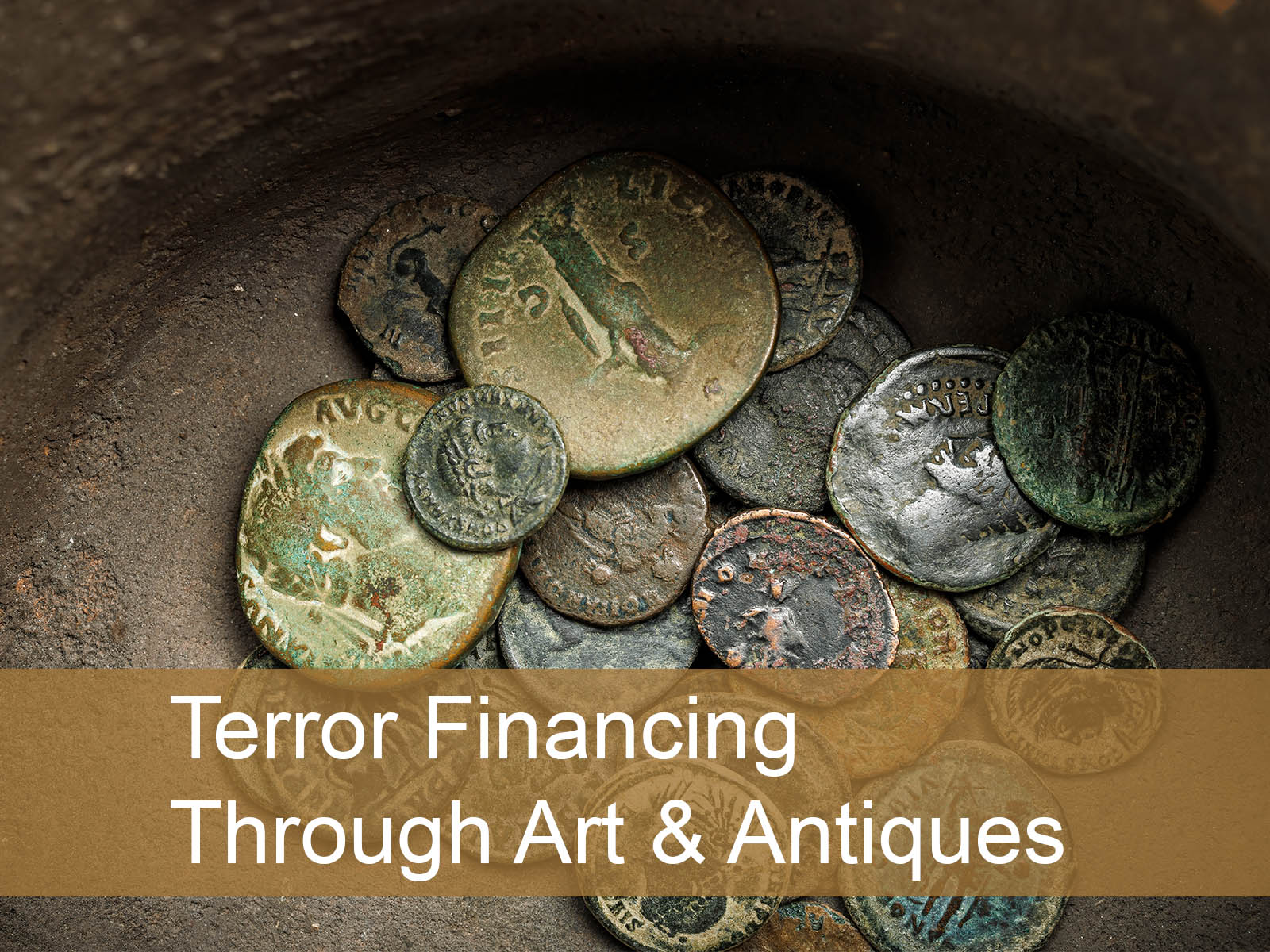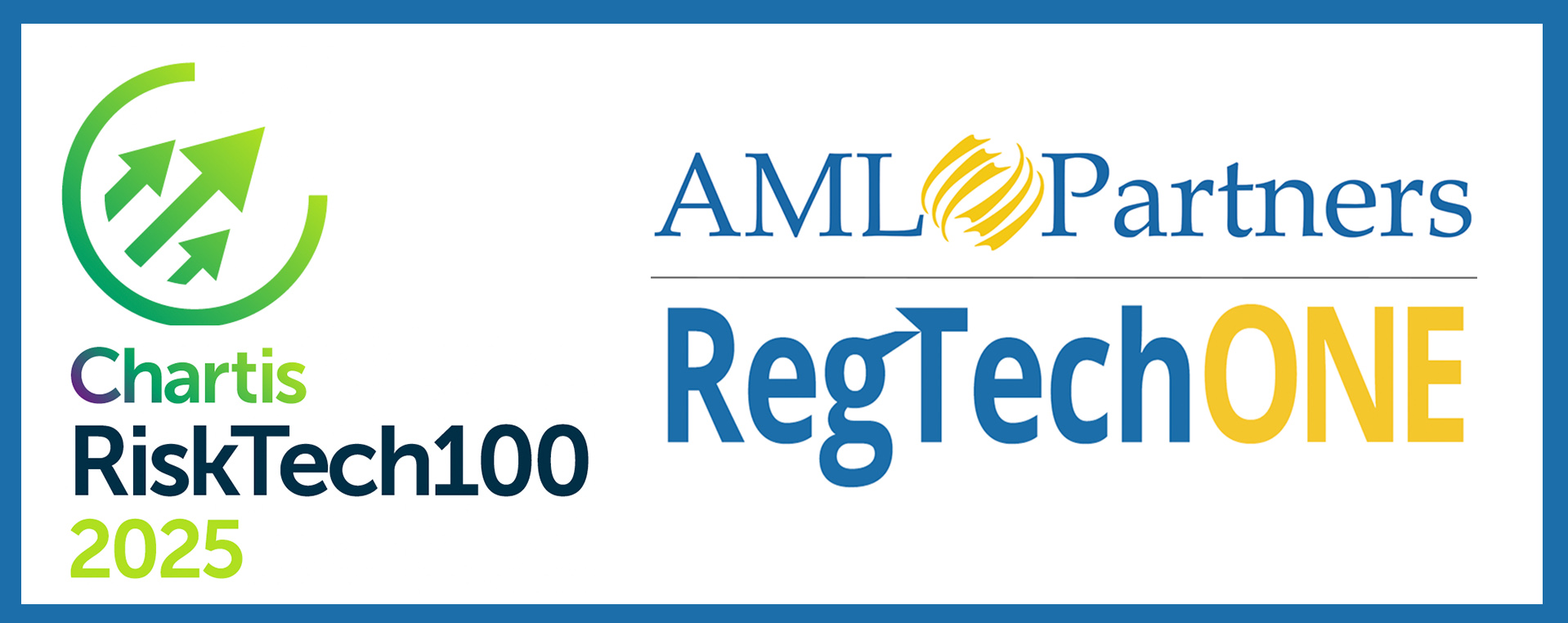
BBC’s Bargain Hunt shows need for bespoke Risk-based model for art & antiques compliance
In May 2025, U.K. authorities charged Oghenochuko “Ochuko” Ojiri—known from the BBC’s Bargain Hunt—for failing to report nearly £140,000 in art sales linked to a U.S.- and U.K.-sanctioned Hezbollah financier. This first-of-its-kind prosecution under section 21A of the Terrorism Act 2000 exposed how high-value art and antiques can camouflage the financing of terror. Terror financing using art and antiques is a risk because of inherent traits like subjective valuations, fragile provenance chains, and opaque ownership structures. These traits create fertile ground for abuse in this sector. In fact, FATF has addressed the many risks of money laundering and terror financing in art and antiquities.
Financial institutions can react with tailored, institution-specific risk frameworks. Rather than applying “one-size-fits-all” thresholds, each bank or broker should build a model that reflects its own appetite for risk, client base, and regulatory obligations. Our RegTechONE platform for AML and CFT empowers you to codify these bespoke rules—whether you base your risk thresholds on board-approved dollar limits, geographic risk tiers, or entity-structure red flags. And crucially, RegTechONE lets you automate related workflows and triggers for consistent enforcement.
1. Establish your institution’s risk parameters
• Transaction Size Considerations: Determine the value bands that matter for your clients and products. A universal £140k marker ($185K US) may guide you, but your institution might set lower or higher thresholds based on your customer profiles and jurisdictional footprint.
• Jurisdictional Risk Profiles: Map the countries where you operate or receive clients. Use publicly available risk ratings (e.g., FATF, OECD) or your own country risk matrix to define low-, medium- and high-risk zones.
• Ownership & Corporate Structure Flags: Decide which corporate forms trigger deeper review—whether that is single-member LLCs, multi-layered holding companies, or nominee arrangements. Tailor these flags to match your in-house red-flag list.
By defining these parameters in collaboration with your risk committee and legal team, you ensure that your model ties directly to your institution’s compliance mandate. Clear risk parameters are a key to preventing terror financing using art and antiques.
2. Design a tiered-review workflow
A simple example of a tiered-review workflow might look like this:
• Standard Review: Straightforward sales with transparent provenance and minimal risk indicators flow through basic client-onboarding checks.
• Enhanced Review: Transactions that breach one or more of your custom thresholds—whether by value band, geographic risk, or complex ownership—enter an escalated workflow.
• Senior-Level Escalation: The highest-risk deals, as defined in your policy, automatically notify senior officers for judgment calls, live interviews, or site visits.
Each tier corresponds to the depth of due diligence you choose, and our RegTechONE platform for AML Compliance and CTF lets you map these stages exactly to your in-house playbook.
3. Automate & adapt with RegTechONE
• No-Code Rule Builder: Drag in your institution’s bespoke thresholds—value limits, country lists, entity-type flags—without writing a single line of code.
• Dynamic Sanctions & PEP Screening: Plug in global watchlists and custom PEP lists so every new client or beneficial owner faces your exact screening criteria.
• Configurable Workflow Routes: Set your own escalation paths with no-code workflows. For example, send Medium-tier cases to specialized investigators, queue High-tier deals for compliance committee review, and log every handoff in an audit trail.
• Versioned Rule Sets & Testing: Maintain multiple versions of your risk model side by side—test new thresholds in a sandbox, compare outcomes, and promote only the models that align with your evolving risk appetite.
4. Monitor, refine & govern
• Ongoing Calibration: Schedule periodic reviews with your risk and legal teams to adjust thresholds, update geographic lists, and incorporate fresh threat intelligence.
• Metrics & Dashboards: Track how many transactions hit each tier, turnaround times for escalations, and SAR-filing volumes.
• Audit & Reporting: Generate custom Compliance reports showing exactly which rules fired and how your team responded, satisfying both internal governance and regulator inquiries.
Custom risk models: A key to preventing terror financing using art & antiques
The art and antiques market’s lack of transparency demands a tailored, institution-owned risk framework. By defining your own value bands, jurisdictional ratings, and entity-structure flags—and by mapping those to tiered workflows in RegTechONE—you build a living, adaptive defense against terror financing. No two banks look alike, and your compliance program shouldn’t either. RegTechONE offers the no-code flexibility and governance controls you need to make your unique risk-based approach a reality.


